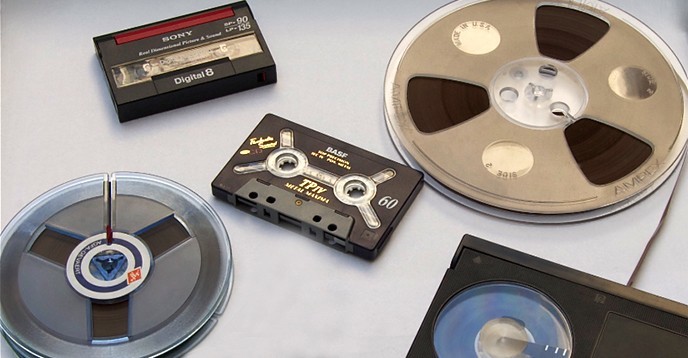What is a Hi-Res Audio?
Hi-Res audio refers to music files that have a higher sampling frequency and/or bit depth than CD — which is specified at 16bit/44.1kHz. There is no single universal standard for Hi-Res audio. The Recording Academy, together with record labels, define high-resolution audio as “Lossless audio that is capable of reproducing the full range of sound from recordings that have been mastered from better than CD quality music sources.” Sampling frequency refers to the number of times samples of the signal are taken per second during the analog-to-digital conversion process. The more bits there are, the more accurately the signal can be measured.
Types of Audio Playback
Music, like all audio, is vibrations in the air. An instrument, or speaker, creates high or low-speed vibrations that our ears capture and translate into a huge range of pitches and tones. Other characteristics such as the shape and energy of these soundwave vibrations then determine the type and volume of the sound. Capturing and storing this audio for later playback has come in a variety of forms over the years, but it can broadly be broken up into three types: analog, digital, and digitally compressed.
1. Analog recordings
whether on magnetic tape or record capture and reproduce the sound vibrations directly. The needle on a record player is literally bumping along microscopic grooves, and those tiny vibrations are simply amplified into the electrical signals that drive your speakers. It’s a good system, with few steps between the audio being captured and being reproduced. But it requires physical and sometimes fragile objects for storage. Related Article: 5 Websites any Music Lover would like
2. Digital recording
This starts the same way as an analog one, with capturing those vibrations, but these soundwaves are then converted to a series of coordinates. When a digital audio file is played back, those coordinates are used to reconstruct the soundwave back to an analog signal which your speakers or headphones can recognize and reproduce. The quality of a digital audio recording is determined by two things: the sampling frequency, which is how many of these coordinates are captured per second, and nd the bitrate, which is how accurate each of these coordinates is relative to the original audio signal.
3. Compressed Audio Formats
When the CD was developed with specifications that would allow it to deliver a good listening experience while being reasonably practical to use. The CD remains a good format, but its physical dimensions and the inability to stream or download means it has been rapidly replaced by new compressed file formats. With much smaller file sizes and no physical size, compressed audio formats like MP3 or AAC are the way most people enjoy music now – whether via streaming services or from files stored on your device. Not all digital file formats are the same either. A modern AAC file sounds better than an older MP3 file even if it’s the same file size. Basically, most digital music starts out sounding pretty good – at CD quality or better – but it is then compressed so that you can stream it on your smartphone or download it quickly to your computer. When playing compressed music through your basic speakers or headphones, you might not hear much difference. While compressing audio doesn’t change the basic sound of a music track much, it does change how you feel about it. The more detail is contained in a music track, the more real it sounds, and the greater your emotional response to it.
Enter High-Resolution Audio
High-Resolution Audio goes beyond even CD quality; it offers higher sampling frequencies and bitrates. The use of higher bitrates like 24 bits rather than CD’s 16 bits means you have more dynamic range, so you can accurately capture the tiniest details like the impact of a drum solo, all without compromise. The higher sampling frequency means a much wider frequency range is captured and reproduced. When matched with an appropriate amplifier and speakers or headphones, audio frequencies greater than 20kHz are reproduced, including ultra-high frequency harmonics. High-Resolution Audio isn’t just about hearing a difference, it’s about experiencing a difference in the music — the feeling and presence that the music conveys. Some flagship Android smartphones like Samsung Galaxy S9 support Hi-Res audio. On a desktop, make sure you are downloading Hi-Res audio files and using the right music players that support Hi-Res audio. Streaming sites like Tidal have Hi-Res audio formats too. So, should you care about Hi-Res audio? Yes, most especially if you are interested in listening to better quality music. Which audio playback format do you listen to? Have you tried Hi-Res audio? Share with us in the comments section below.



